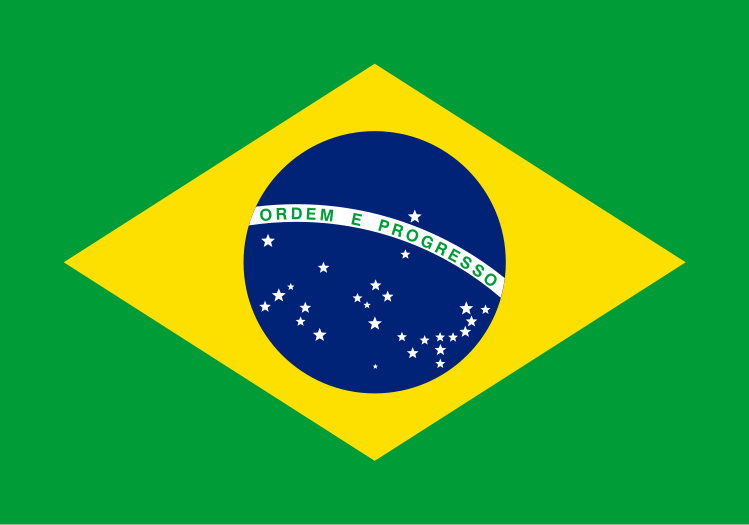
CARL JUNG
‘That which guides forces you onto the way’.
Jung, The Red Book, 291.
From his time working at the Burghölzli psychiatric hospital in Zürich up to the time of his self-exploration, Jung strove for a better understanding of mental suffering; for him, behind the chaos there was knowledge and purpose.
While still holding true to his medical training, Jung was convinced of the necessity of looking further, of carrying out frontier research. His interest steadily moved over the years from psychiatry through psychoanalysis and typology to the theory of archetypes, and finally to the psychology of religious motifs.
Jung’s ‘journey into the unconscious’ became the great mainspring from which his psychological system originated and his model of the psyche, which he considered as a polarity, placed emphasis and great value on the imagination in human experience, on the myriad images that are around and within us.
Jung recognised the importance of the healing quality of numinous experiences and believed that his psychology offered a good ground for experiencing the numinous in an individual rather than in a collective container. For him, neurosis indicated a ‘suffering soul which has not found its destination’. Jungian analysis is a process of development of the individual and a broadening of consciousness.

THE BLACK BOOKS
‘A huge task lay before me — I saw its enormous size — and its value and meaning escaped me… That path led inward and downward.’
Jung, The Black Books, vol. 2, 149.
Even though they were not initially intended for publication, The Black Books became available to the public in 2020 during the Coronavirus pandemic. They are comprised of seven notebooks: Book 1 is a comprehensive introduction by the editor Sonu Shamdasani and Books 2-7 consist of Jung’s visionary experimentation between 1913 and 1932, known as Jung’s ‘confrontation with the unconscious’. Books 2-5 provide the first layer material for The Red Book. Since their publication The Black Books have, so far, only been translated into Portuguese.
Taken together, The Black Books and The Red Book form the foundational text of analytical psychology and their publication marked a new era in the understanding of Jung’s work. They have opened up new vistas and have become instrumental in altering the current course of both the theory and the practice of Jungian psychology.


THE RED BOOK
‘Everyone who has lost the connection with his soul or has known how to give it life ought to have a chance to see this book…a book can swing even a whole world if it is written in fire and blood’.
Cary Baynes to Jung quoted in The Red Book, 232, n. 44.
The historical edition of the original German-language manuscript accompanied by an English translation with comprehensive footnotes, was presented to the general public as a historical document embedded in the cultural context of its creation in 2009. Since its publication, it has been translated into a further 19 languages.
Its narrative follows encounters and dialogues with a series of subliminal figures. On this journey, Jung realised that together with the Spirit of the Times, which he had already been serving, existed another spirit, the Spirit of the Depths, which led to the soul.
Jung’s return to his soul in The Red Book represents an important reversal of hierarchy in his thinking, namely, the ascendancy of imagination over reason. This did not mean that Jung abandoned reason altogether; on the contrary, it meant that imagination was a legitimate enterprise in which he put his intellect at the service of images. For him, the image was not a reflection of reality, but a primary phenomenon from which reality originated.
The unconscious and the imagination can be understood as a region, an intermediate world between the physical and mental realms. The images that come to us portray the way the unconscious perceives situations from the inside. To cultivate the soul is to cultivate images, for the psyche contains a multiplicity of symbols. Jung theoretically elaborated this imaginal composition in his Collected Works as ‘the objective psyche’.


